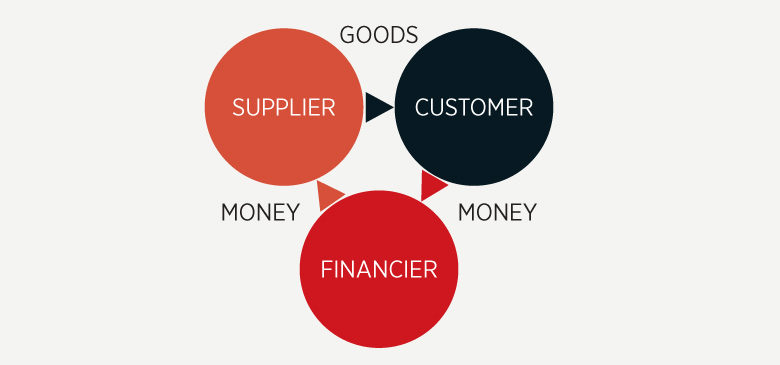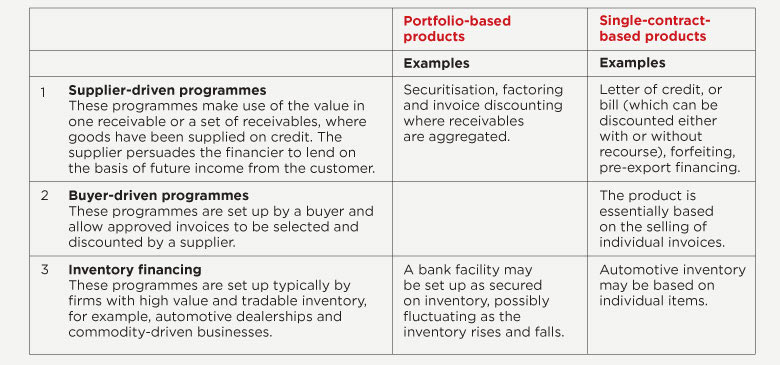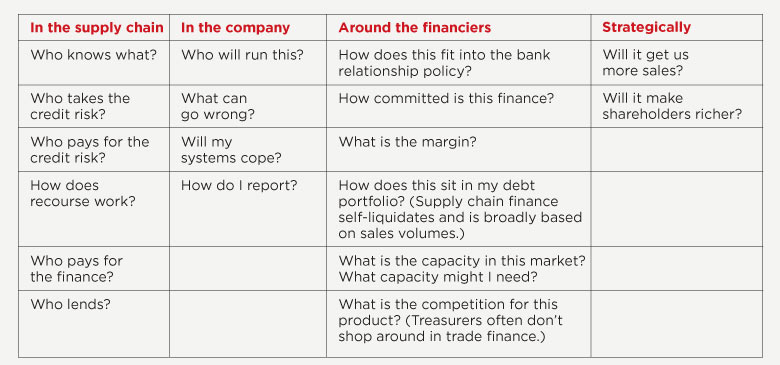
The roots of the modern banking system can be found in supply chain finance. Wealthy individuals would finance the production of grain, leading to the creation of merchant banks and many modern products such as bills of exchange, which allow the trading of loans. The expansion of world trade also depended on the ability of merchants to finance cargoes.
The trends we have seen in treasury over the past 20-odd years have tended to push supply chain finance to one side. Treasuries have become very centralised and have tended to bulk finance into a few products. It has been easier and cheaper to arrange a syndicated loan centrally to finance a group, rather than worry about lots of individual trades or letters of credit that may be scattered around the globe.
But supply chain finance has been a major part of the financing portfolio of almost every business on the planet. Trade credit, where goods are supplied before they are paid for, is a form of supply chain finance and is used by most trading companies. For years, automotive manufacturers have offered their customers credit (mostly through their finance arms) to allow them to afford their cars and trucks. Consignment stock is a form of supply chain finance. Arguably, given the increasingly constrained access to liquidity that many companies face, treasurers will have to become reacquainted with it.
It is useful to envisage supply chain finance diagrammatically:

Supply chain finance comes in three major designs and in two broad formats:

The supplier and buyer programmes described above revolve around the assumption that a supplier has weak credit and needs finance. This is not always the case – it might be that a supplier has weak customers. This would apply, for example, where a supplier has a retail customer base, such as an automotive supplier.
An alternative is that finance is not sought, but transfer of risk is desired. So where a customer is weak, a supplier might seek credit insurance. This protects the risk without financing it.
These examples show that there is more to supply chain finance than finance. The automotive supplier is hoping for more customers by offering credit and the buyer is hoping for better terms from suppliers by allowing an early settlement. Supply chain finance also extends through into exports and many countries sponsor export credit agencies to support their own industries.
For many companies, supply chain finance might be the only source of debt finance as banks become more restricted. For banks, supply chain finance can offer higher margins than straight lending, as it adds value into a lending process, typically by integrating technology.
Supply chain finance can enhance a commercial relationship. Here is a useful checklist for those considering it:

Will Spinney is associate director of education at the ACT
